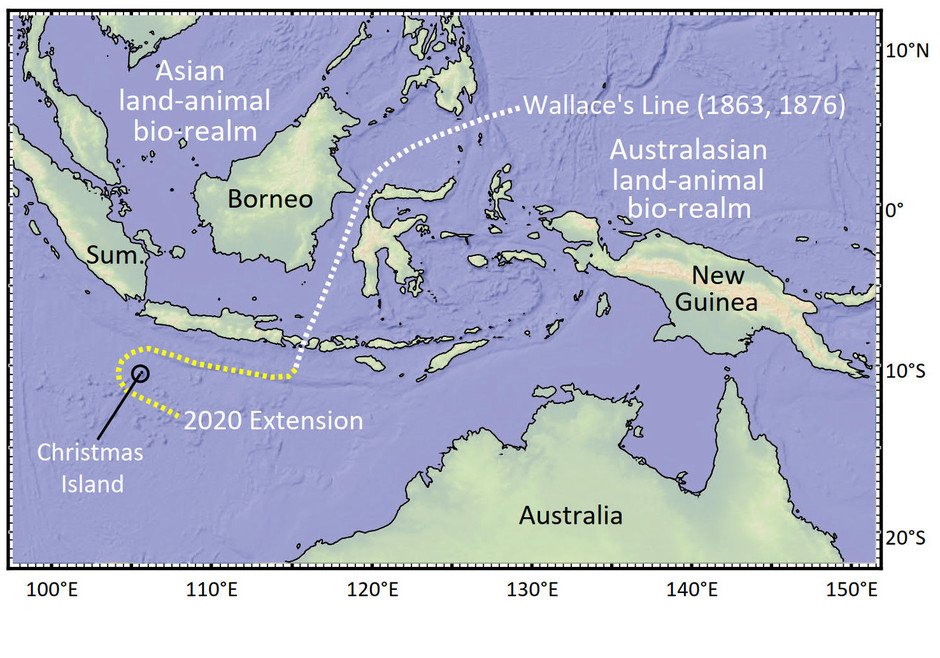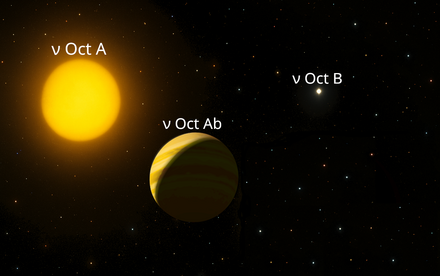13 Mar 2020
Dr Jason Ali achieved unique research quadruple – symbolising interdisciplinary research accomplishment

Dr Jason Ali, Associate Professor of Department of Earth Sciences, achieved a unique research quadruple. He has landed first/correspondence author papers in the frontline journals of four of the Burlington House's learned societies: Geological Society of London (Geology), Royal Astronomical Society (Astronomy and Geophysics), Society of Antiquaries (History and Pre-history) and the Linnean Society (Biology), with his research of redrawing global map of land life.
The famous Victorian biologist, Alfred Russel Wallace (1823–1913), spent much of his time looking at how and why land animals were distributed around the planet. He divided the Earth into six continental-scale bio-realms. In the Indonesian island chain he placed the boundary between the Australasian and Asian animal suites – to the east the marsupials and monotremes of Australia. The divide, which soon after became known as the “Wallace Line”, has since been recognised as one of Earth’s most significant biogeographical barriers.
However, newly published research led by Dr Jason Ali, together with his colleagues Professor Jonathan Aitchison (University of Queensland) and Professor Shai Meiri (University of Tel Aviv), adds a dramatic twist to the story. Researching the geological development of Australia’s Christmas Island, which lies 1,100 km to the west of the Wallace Line, they discovered that the bulk of its land-mammal and land-reptile species are in fact “Australian”.
“Initially, we were interested in establishing when the Christmas Island atoll re-emerged from the depths of the Indian Ocean, which was around 5 million years ago, as that was the instant when lifeforms could begin colonising the landmass. What we had not anticipated was that most of the animal species on Christmas Island have their origins on the eastern side of the Wallace Line. As such, it represents a huge anomaly. The only logical solution is to redraw the Wallace Line to accommodate this finding,” Dr Ali elaborated.
Publication of the work marks an impressive accomplishment. Its appearance in the Biological Journal of the Linnean Society achieves a unique quadruple of interdisciplinary research, in the fields of archaeology-history, geology, geophysics, and biology. Dr Ali is now the lead-author of papers in four of the frontline journals of the learned societies that are housed at Burlington House, London (Linnean Society, Geological Society, Royal Astronomical Society, and Society of Antiquaries). Such achievement is unique as only a few people, including Charles Darwin, had done the “Double”; and Dr Ali managed to achieve the first “Triple” twenty years ago. Pulling off the ‘Quadruple’, is very special as no one else is close to matching it.
Dr Ali express that “my feeling is that if you are inquisitive and motivated, you can investigate many interesting things and phenomena. You should not be mentally bound to the specialty area you trained in as a young academic. You need to be intellectually receptive and willing to put in the hard-yards”.








